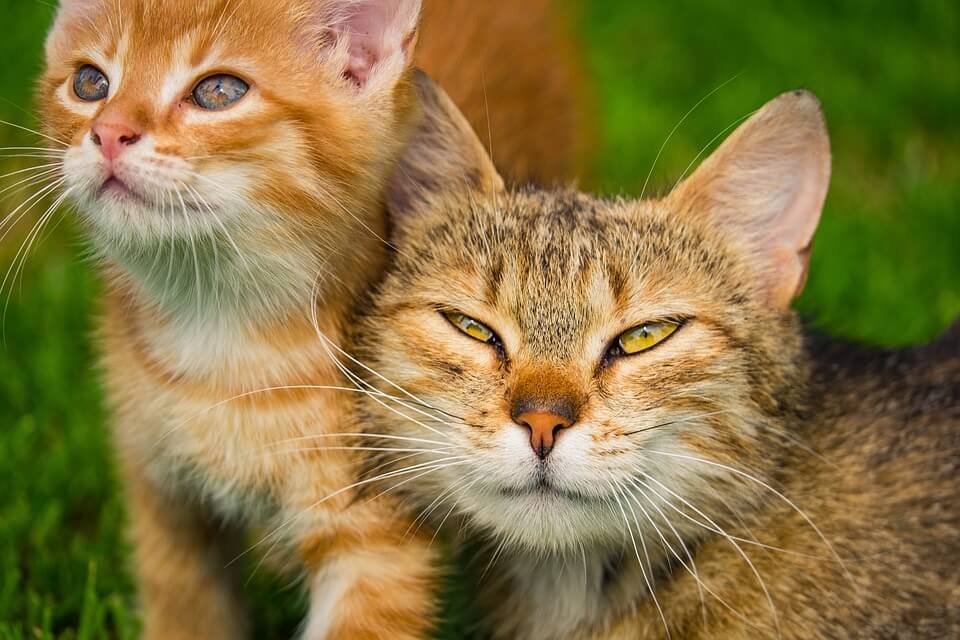Cats are a wonderful addition to any family, and some of us love them so much that having one just isn’t enough. As long as you’ve got the means and the space, then owning several cats shouldn’t be a problem. Despite their reputation as solitary creatures, many cats live with one or more of their own kind. Surprisingly, cats can – and do – form strong bonds with members of their own species and will snuggle up together.
But owning several cats can pose some real challenges, even to the most experienced owner from ruining your favorite flowers to scratching on your wardrobe. Here, we’ve listed some tips on living in a multi-cat household.
Adapt to outdoors and indoors
One obvious challenge for multi-cat households is catering to who’s an indoor cat and who’s an outdoor cat. While a cat flap is ideal for those who like to venture outside, it can lead any indoor cats – who are perhaps not as wise to outside dangers – at risk of getting lost or injured.
This problem can be solved by making sure your garden is cat proof, therefore, if your indoor cat accidentally gets outside, there’s no danger of them wandering away. A cat proof fence, which you can fit on your existing boundary, is an excellent way to keep your cat safe and secure outside.
Create safe havens
First and foremost, do not own multiple cats if you don’t have the room. Although your cats might enjoy cuddling up or playing together, they are solitary animals at heart and do need their own space. Make sure each individual has its own bed or hiding place.
A good way to create more space for your cats is to add height. Cats love being able to survey their domain from above, so creating shelves for them to climb or placing a multi-level cat tree are ideal ways to achieve this. High platforms can also function as safe spaces for the cats to get some respite from each other.
Enough to go around
To avoid potential conflicts and to make sure that everyone has a seat at the table, you should have at least one food bowl and one water bowl per cat. If possible, try to feed all cats at the same time to avoid jealousy and to get them into a routine.
Also make sure you give each cat the same level of attention. They might appear aloof, but cats can get jealous of each other, which can lead to destructive behaviour.
Cats can also be particular about their toilet. As they are territorial by nature, sharing a litter tray can cause them stress and lead to undesirable behaviour, such as aggression towards the other cats in the household or elimination on carpets and furniture. Ideally, you should have one litter tray per cat.
Conclusion
Cats are solitary, territorial animals but that doesn’t mean that they can’t thrive in a home environment with other members of their species. Multi-cat households can be very fulfilling for all individuals involved – pets and owners. Hopefully, with our top tips, you can avoid any potential conflicts and make your multiple cat home work for you and your feline friends.

